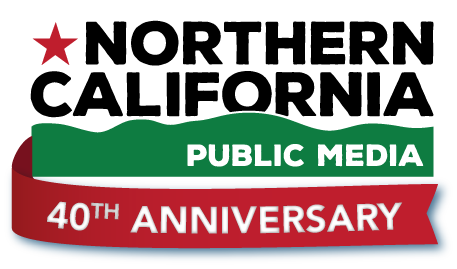
Ukraine's President Volodymyr Zelenskyy holding a US flag given to him by then House Speaker Nancy Pelosi (D-CA). Nearly a year later he's back in Washington to ask lawmakers for more aid. Mandel Ngan/AFP via Getty Images hide caption

Ukraine's President Volodymyr Zelenskyy holding a US flag given to him by then House Speaker Nancy Pelosi (D-CA). Nearly a year later he's back in Washington to ask lawmakers for more aid.
Mandel Ngan/AFP via Getty ImagesUkrainian President Volodymyr Zelenskyy spent Tuesday in Washington pressing American lawmakers to approve a new funding package for his country's war with Russia.
Zelenskyy's lobbying effort comes as the current U.S. aid package is rapidly dwindling, and the fight between Ukraine and Russia has all but stalled.
NPR's Mary Louise Kelly talks to NPR Pentagon Correspondent Tom Bowman about the state of the war, what new funding would be used for, and what the country can – and can't – do without more money.
Email us at
This episode was produced by Brianna Scott. It was edited by Andrew Sussman and Courtney Dorning. Our executive producer is Sami Yenigun.

 Live Radio
Live Radio